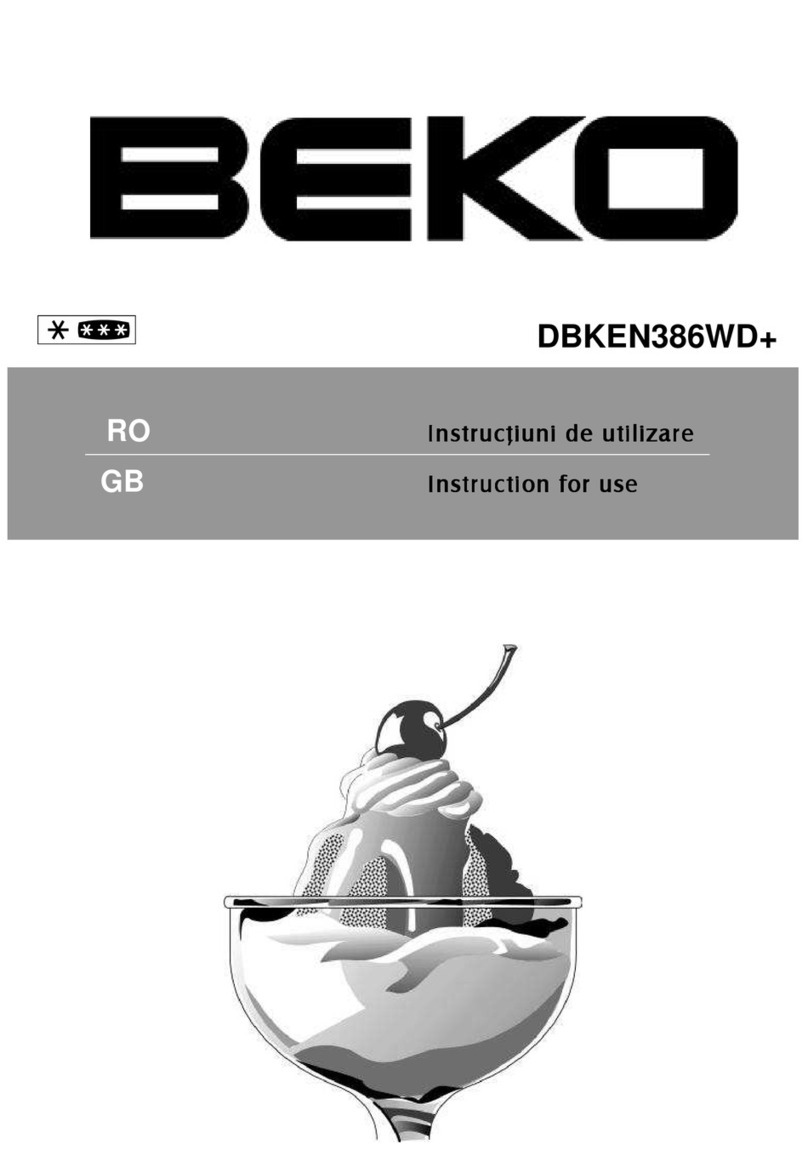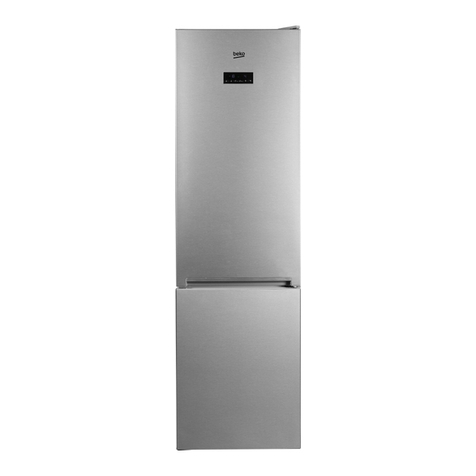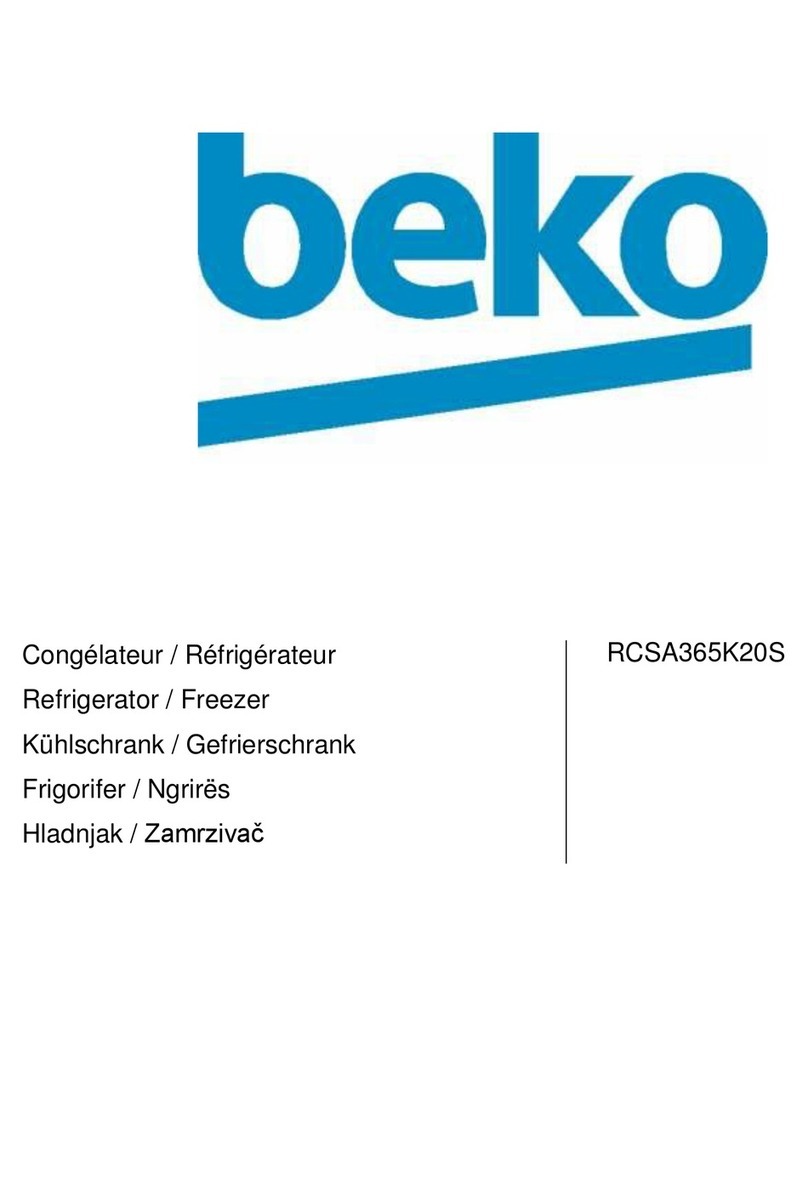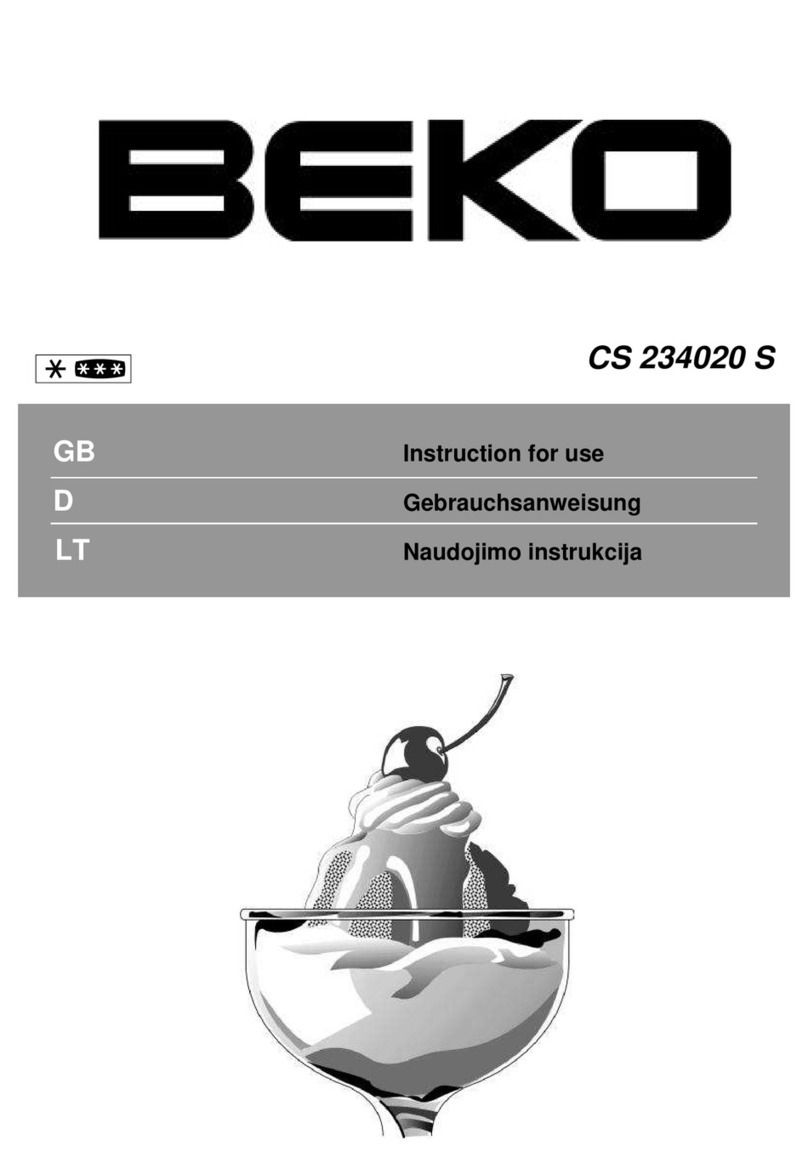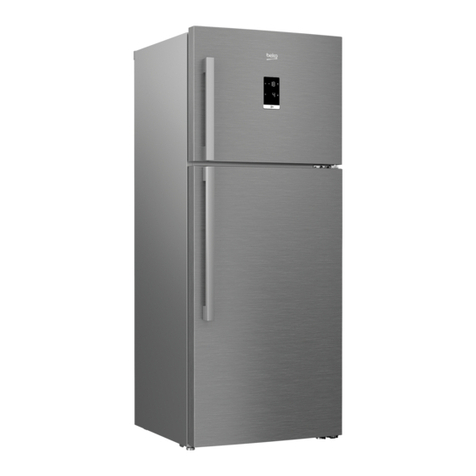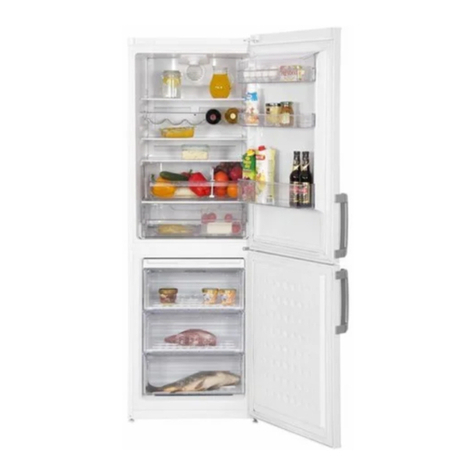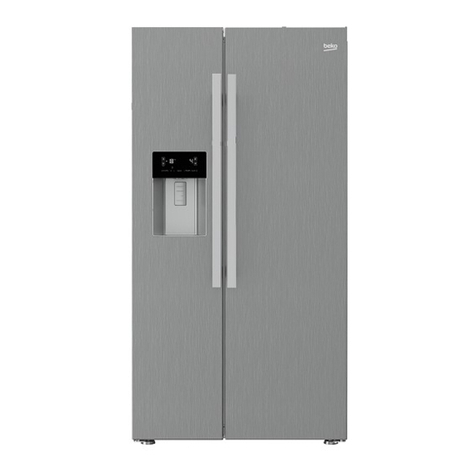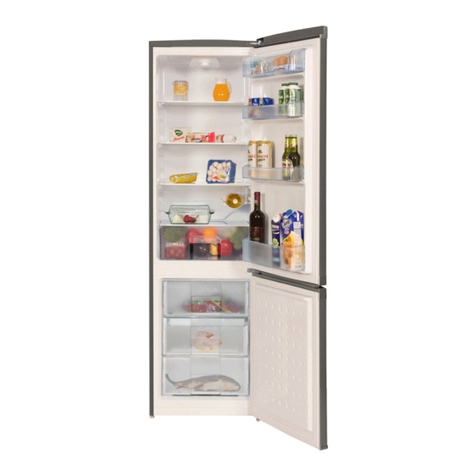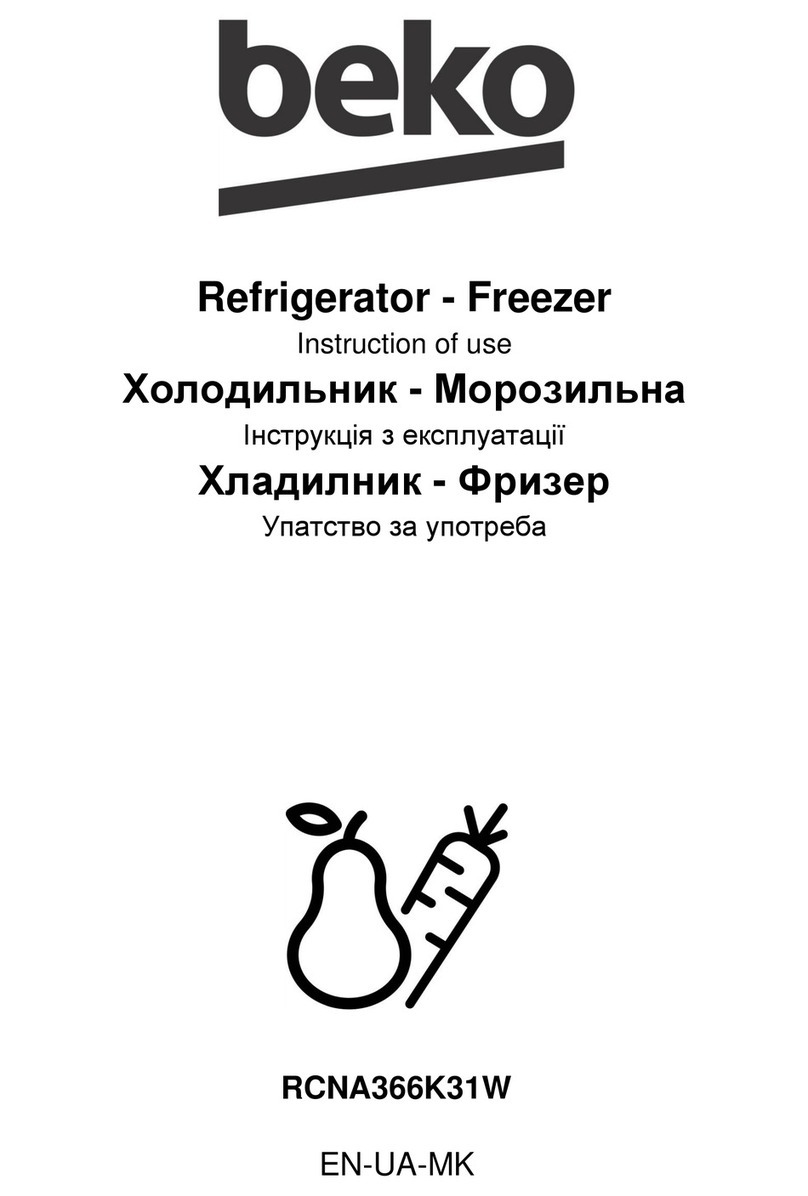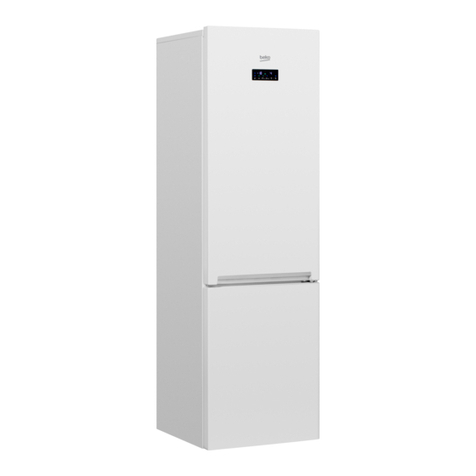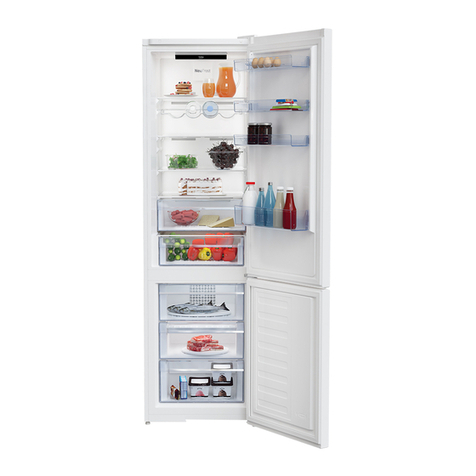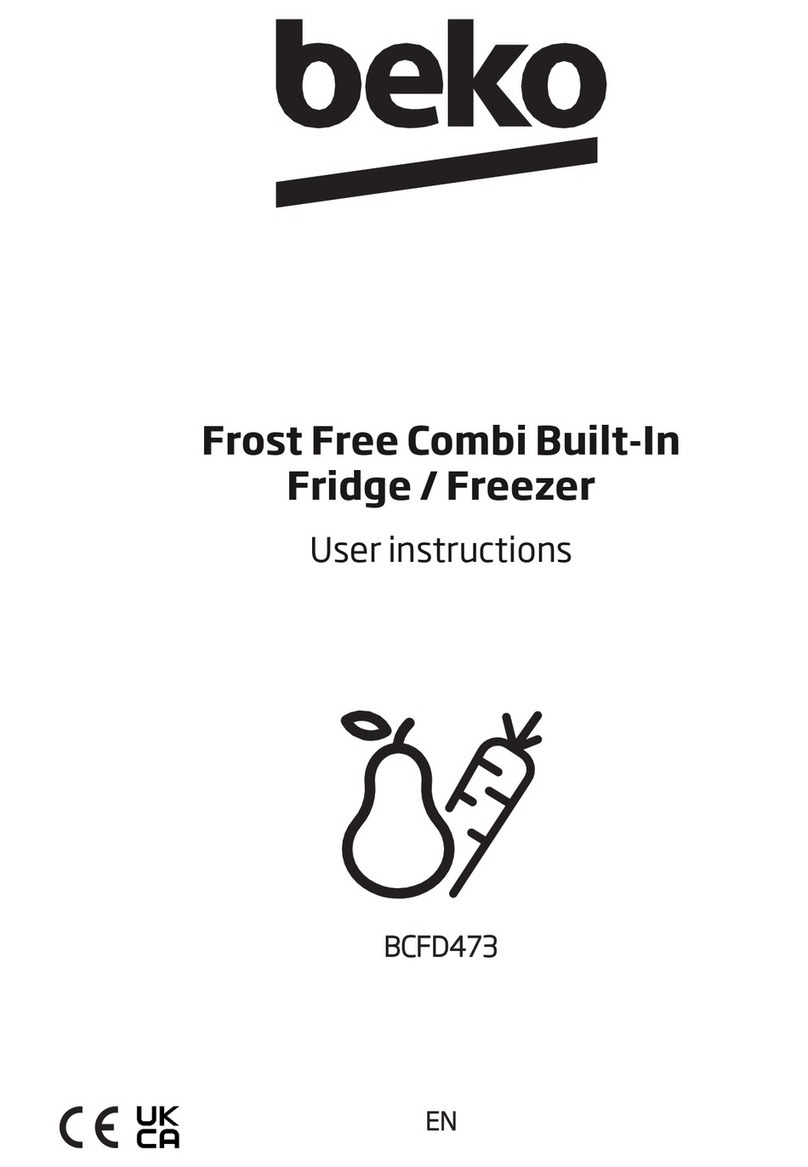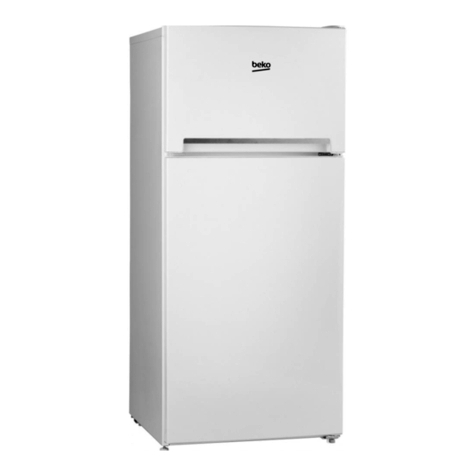
Please read this user manual first!Dear Customer, We hope that your product, which has been produced in modern plants and checked under the most meticulous quality control procedures, will provide you an effective service. Therefore, read this entire user manual carefully before using the product and keep it as a reference. If you handover the product to someone else, give the user manual as well.The user manual will help you use the product in a fast and safe way.•Read the manual before installing and operating the product.•Make sure you read the safety instructions.•Keep the manual in an easily accessible place as you may need it later.•Read the other documents given with the product.•Remember that this user manual is also applicable for several other models.•Differences between models will be identified in the manual.Explanation of symbolsThroughout this user manual the following symbols are used: C Important information or useful tips.A Warning against dangerous conditions for life and property. B Warning against electric voltage.WARNING!
In order to ensure a normal operation of your refrigerating appliance, which uses
a completely environmentally friendly refrigerant the R600a (flammable only
under certain conditions) you must observe the following rules:
•Do not hinder the free circulation of the air around the appliance.
•Do not use mechanical devices in order to accelerate the defrosting,
others than the ones recommended by the manufacturer.
•Do not destroy the refrigerating circuit.
•Do not use electric appliances inside the food keeping compartment, other
than those that might have been recommended by the manufacturer.
A
A
SUPPLIER’S NAME MODEL IDENTIFIER (*)
CINFORMATION
The model information as stored in the product data base can be reached by entering following website and searching for your model identifier (*) found on energy label.https://eprel.ec.europa.eu/
